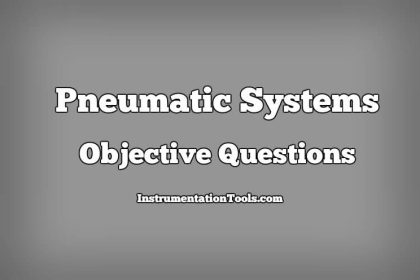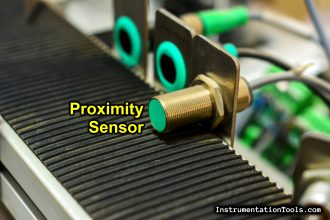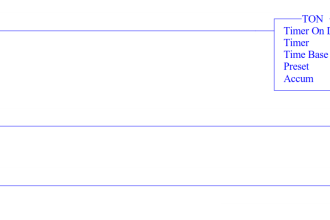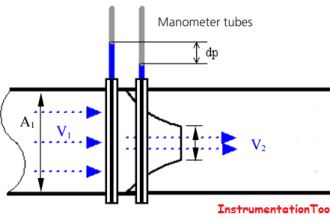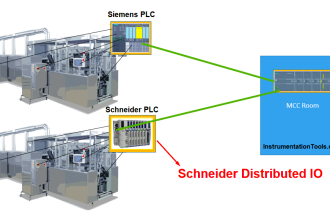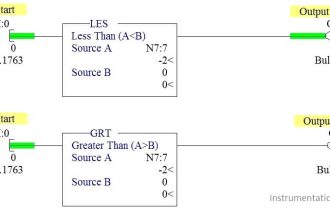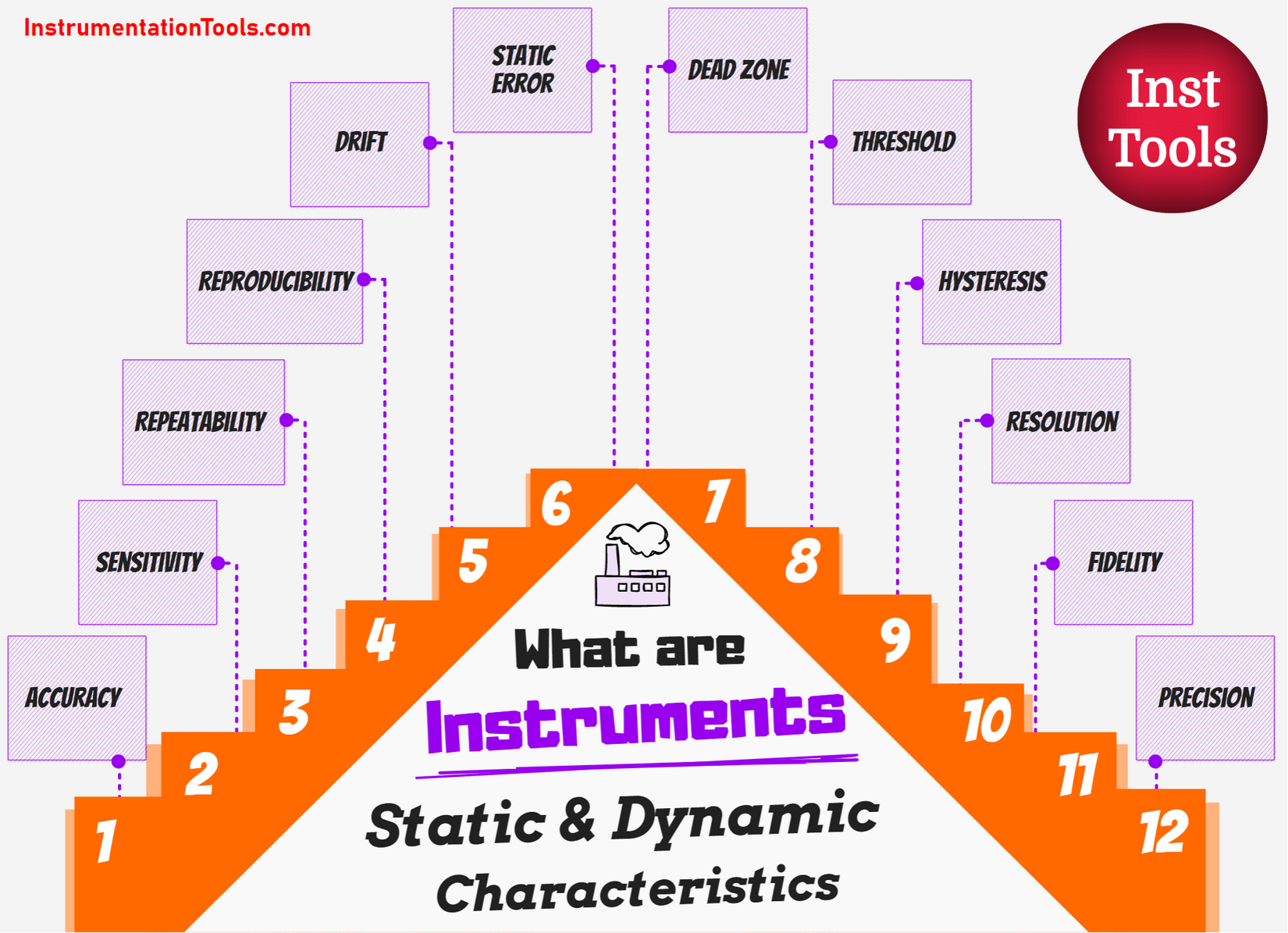pH Measurement Questions & Answers
1. Which of the following is the formula for pH calculation?
a) log10[H+].
b) -log10[H+].
c) log2[H+].
d) -log2[H+].
Answer: b
Explanation: pH is defined as the negative logarithm of hydrogen ion concentration. Hence, its formula is -log10[H+].
2. Pure water is known to be which of the following?
a) Weak electrolyte
b) Strong electrolyte
c) Neither weak nor strong
d) Not an electrolyte
Answer: a
Explanation: Pure water is a weak electrolyte. It dissociates to form hydrogen ions and hydroxyl ions.
3. Which of the following is the value of hydrogen ion concentration of pure water?
a) 1×107 moles/litre
b) 1×105 moles/litre
c) 1×106 moles/litre
d) 1×108 moles/litre
Answer: a
Explanation: The hydrogen ion concentration of pure water is 1×107 moles/litre. It can be represented as [H+]=1×107 moles/litre.
4. Which of the following is the value of hydroxyl ion concentration of pure water?
a) 1×107 moles/litre
b) 1×105 moles/litre
c) 1×106 moles/litre
d) 1×108 moles/litre
Answer: a
Explanation: The hydroxyl ion concentration of pure water is 1×107 moles/litre. It can be represented as [OH-]=1×107 moles/litre.
5. Which of the following is the relation between hydrogen and hydroxyl ion concentration of pure water?
a) Value of hydrogen ion concentration is greater
b) Value of hydroxyl ion concentration is greater
c) They are both always the same
d) The concentrations keep changing
Answer: c
Explanation: In water, the value of hydrogen and hydroxyl ion concentrations are the same. It can be represented as [H+]=[OH-].
6. The Nernst equation is given by which of the following statements?
a) E=Eo + 2.303 RT/F log CH
b) E=Eo – 2.303 RT/F log CH
c) E=Eo + 2.303 RT×F log CH
d) E=Eo – 2.303 RT×F log CH
Answer: a
Explanation: The Nernst equation is represented as, E=Eo + 2.303 RT/F log CH. it is used for measuring the potential of electrodes.
7. Which of the following is the relation between concentration of hydrogen and hydroxyl ions in an acidic solution?
a) Value of hydrogen ion concentration is greater
b) Value of hydroxyl ion concentration is greater
c) They are both always the same
d) The concentrations keep changing
Answer: a
Explanation: In acidic solution, the value of hydrogen ion concentration is greater than that of hydroxyl ion concentration. It can be represented as [H+]>[OH-].
8. Which of the following is the relation between concentration of hydrogen and hydroxyl ions in a basic solution?
a) Value of hydrogen ion concentration is greater
b) Value of hydroxyl ion concentration is greater
c) They are both always the same
d) The concentrations keep changing
Answer: b
Explanation: In basic solution, the value of hydroxyl ion concentration is greater than that of hydrogen ion concentration. It can be represented as [H+]<[OH-].
9. The measurement of hydrogen ion concentration can be made by measuring the potential developed in an electrochemical cell.
a) True
b) False
Answer: a
Explanation: The measurement of hydrogen ion concentration can be made by measuring the potential developed in an electrochemical cell.
10. Slope factor is independent of temperature.
a) True
b) False
Answer: b
Explanation: Slope factor is dependent on temperature. Slope factor is given by – 2.303 RT/F.



